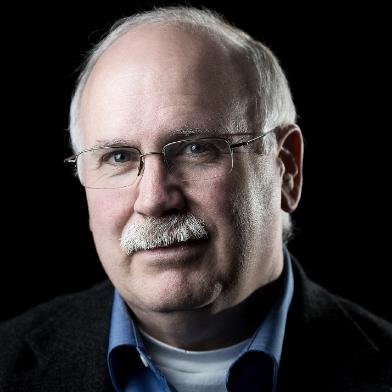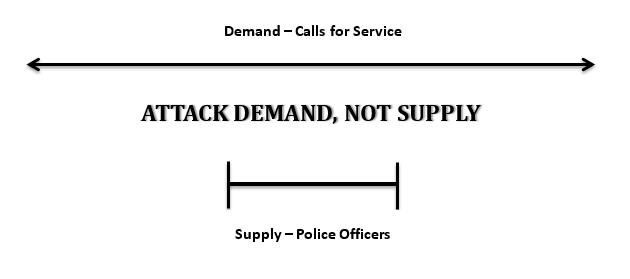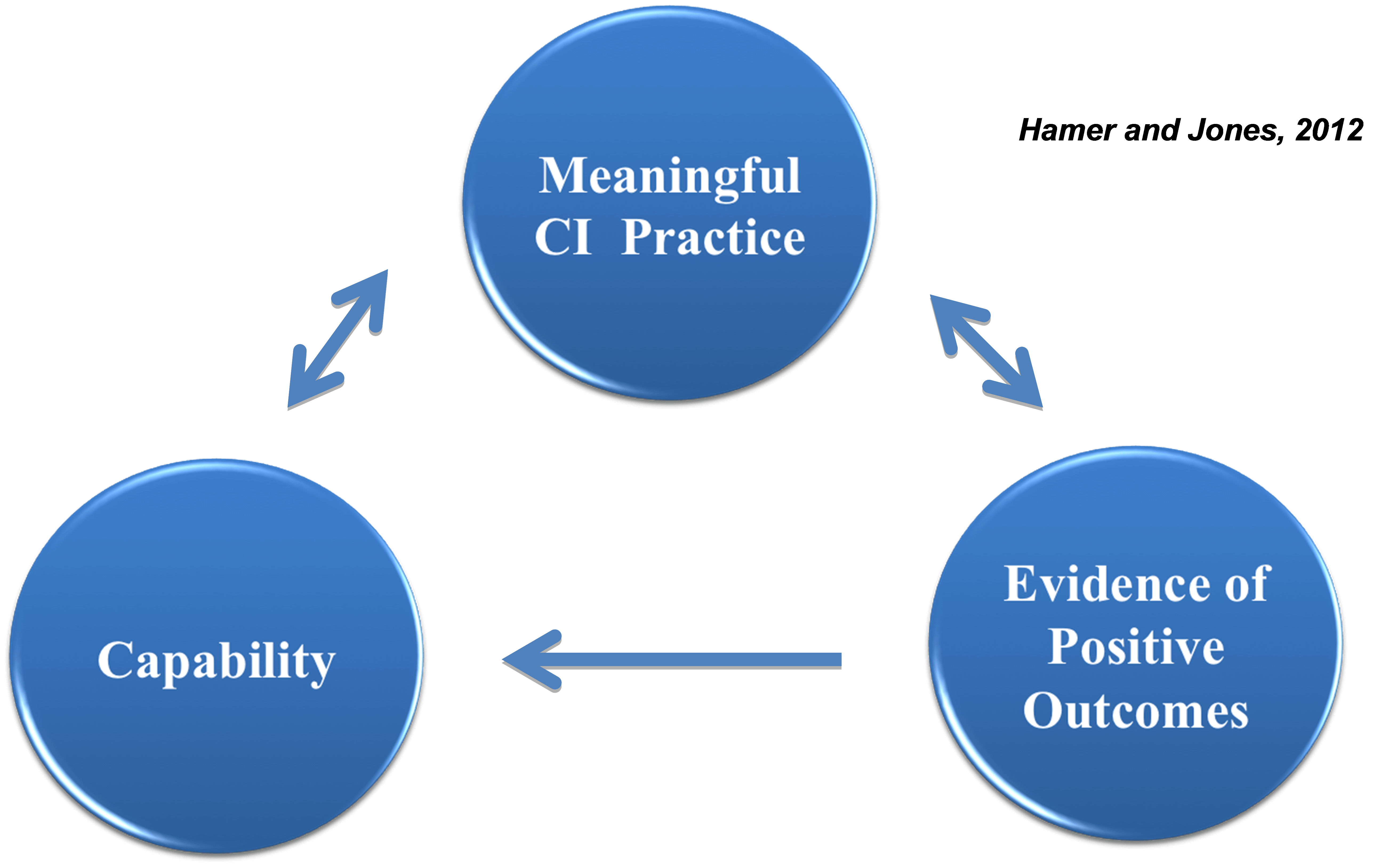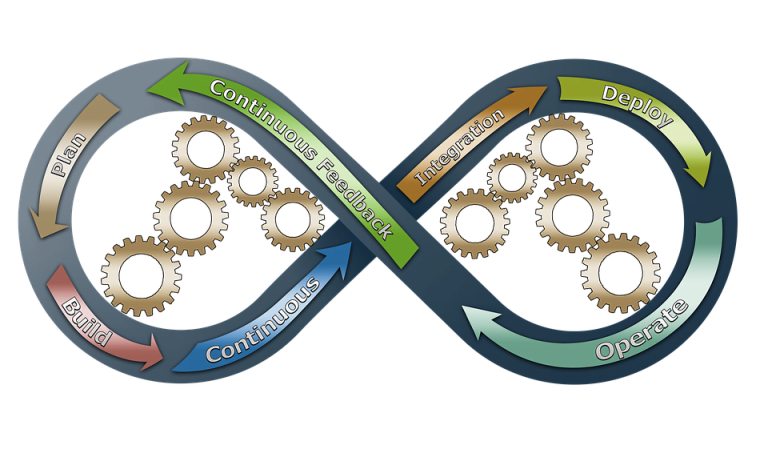Producing the Results Your Organization Needs Through Continuous Improvement
Money got tight and we weren’t getting the results we needed. We were forced to make adjustments in how we worked and they weren’t well received. From a management perspective we needed to look at how we were performing and what we needed to improve. To do that we examined ourselves in terms of these two essential issues:
- Money suffocates creativity
- Leadership is tested by necessity
We were challenged by both. In the past our budget hadn’t been too much of a concern and we really didn’t spend much time considering the consequences of an economy that wasn’t in good shape and may not really recover for some time. We’d been challenged operationally and administratively, but not from a crisis mode. We were a government agency and funding would always be there. We may not like or agree with the level of funding, but the budget would always be there to some workable degree.
Now, we were in a predicament. The budget wasn’t going to meet our historic needs and leadership needed to figure out how to do the job better with the people and resources we already had. Necessity had hit us directly on. We did not want to comply with budget reductions or no increases by cutting key services, such as many of our peer departments had done. Reducing or eliminating responses to traffic accidents, no suspect crimes, or requiring victims to report online without police response, at the same time dispatching the officers to calls for service that were better handled by the community itself, did not seem a good management approach.
By truthfully evaluating our department and the statement that money suffocates creativity, we realized that we were not using the intellectual capacity of the members of the department, or the capability to strategize potential solutions, so we opened the department to input on legitimate solutions. We also discussed the second statement that leadership is tested by necessity, and found ourselves as a well-intended, hard working agency that was almost totally reactive in nature, and not proactive in problem identification, problem solution planning, or evaluation of the work being done.
Our evaluation of our organization and how we managed it showed we could do many things much better – we needed to improve, and not in just one area. Why don’t we actually apply very successful and proven business skills and principles in what we do? Why is the private sector succeeding and we, as a local government organization, aren’t? Why don’t we stop reacting to everything and start preparing for what the present and future will bring? We needed to re-develop the business of policing, and create a law enforcement management model that really works to serve the community, partner with the community, and produce measurable, articulable results.
We started by taking learning from my MBA and looking at ourselves as a service organization. We identify from a supply and demand perspective – demand continues to grow and supply to meet it doesn’t. We supply the demand in terms of services calls, investigations, arrests, and overall quality of life issues to the community. What was, and is happening is that demand continues to grow, because the department wishes to maintain its growing status with the people, and supply doesn’t. We historically don’t look at demand, but only ways to manage it as it grows.
Further, when budget cuts come, the department cuts staff and services aligned with its true mission and continues to grow demand by adding responses to many services and calls not aligned with the true mission of policing. The system is and remains out of balance.
As we re-developed the department, we adopted the philosophy of continuous improvement. Continuous Improvement is the ongoing effort to improve services and processes through incremental and breakthrough strategies[1]. It is a method for identifying opportunities for streamlining work and reducing waste[2]. Further into this paper we’ll discuss the methods using such initiatives such as Lean Six Sigma.
We adopted and built a robust, graphics-rich Business Intelligence Decision Support System, useful for deploying finite resources to identifiable problems. We modified Community Oriented Policing and Problem Oriented Policing with a highly successful Community Involvement model. This model was designed to work with each neighborhood to resolve many minor community concerns they were more capable of handling than a police officer dealing with more serious issues. This was designed to reduce the ever-growing demand of calls for service officers were responding to that the neighbors could do themselves. By reducing this demand, existing officers could be re-deployed to true mission-oriented activities. Demand is reduced, and the department is starting to optimize the resources it already has.
We learned about and adopted Lean Six Sigma as a true root cause analysis system to determine what real causes are rather than attacking symptoms of problems. Lean Six Sigma proved to be an outstanding addition to managing the department and its structure. Incredible results were achieved financially, politically, and culturally, largely due to Lean Six Sigma.
The need for more efficient and effective systems and processes continues to grow in virtually all organizations. The public sector, including la enforcement, finds itself under increasing demand to reduce cost and increase service[3]. Lean Six Sigma is a method used to identify waste and steps in a system or process that don’t add value, increase the speed to completion, reduce time and cost, and increases quality of all work significantly. Lean Six Sigma has been adopted by a majority of Fortune 500 organizations, resulting in reduced internal cost of more than $400 billion over a multi-year period. It is all about higher quality, lower cost, and faster speed[4]. This was one of the primary motivators for the department to move to business principles such as this. This author is a Lean Six Sigma Master Black Belt and has trained several hundred departments, and achieved astonishing results in the organizations in which he worked.
The final element of the business model we created was to define the department as a Value Proposition; benefits minus costs. We received millions of taxpayer dollars as a law enforcement agency, chartered with public safety and quality of life. We asked ourselves if we were providing at least that much, or more, in terms of measurable value back to the community. We were able to determine how to quantify value, and change dour entire reporting system to the city, as well as internally, where we showed results rather than just activities.
Based on what we learned we began to view how we led the department, and changed our philosophy to a far more effective and efficient approach to policing. We began to prepare out leaders with the ability to forecast and prepare for what law enforcement will look like in one year, two years, three years. We believed in now retired California Highway Patrol Captain Gordon Graham’s statement that “if you can predict it, you can prevent it”. If we can forecast where law enforcement is going in general, and at a local level, we can act in a very proactive manner and further enhance quality of life and departmental credibility, internally and externally.
Because these very positive changes require leadership, and definitive leadership skills for 21st Century law enforcement, what does the research provide? I met Dr. Terry Anderson, a pioneer in law enforcement leadership development, and spent considerable time with his work, and with him in person. Dr. Anderson is a preeminent and long-time leadership development expert, and I use his work here – because it works. He is also an expert in developing continuous improvement teams for policing.
Dr. Anderson’s research and results provide law enforcement with a list of forty competencies[5] that were developed through all ranks of law enforcement, commissioned and civilian that describe what law enforcement personnel believe are essential, regardless of rank, role, or position. These competencies have been proven time and again[6]. Dr. Anderson formed the Institute for Credible Leadership aligned with Dr. Mitch Javidi, and have trained many thousands of law enforcement officers in their programs. They are responsible for creating four phases of leadership and organizational development and a number of law enforcement agencies, including the Los Angeles Police Department, the Los Angeles County Sheriff’s Department, and many others have completed these phases, or are in the process of completing them.
Dr. Anderson and his contemporaries have helped create successful Continuous Improvement Teams both in American and Canadian law enforcement agencies. That said, there are numbers of departments that decline to participate or change their management systems or thinking for a variety of reasons – “We’re too busy getting the job done and our people don’t have the time to fill out forms or track numbers or statistics” is one example. This author has also experienced this in the trainings I’ve delivered – getting departments to change from tradition to something that works is often more difficult than one would imagine.
Where success with Continuous Improvement has occurred, it is because of leadership, and the ability to let the agency itself design the team and its rules, aligned with what Continuous Improvement actually is. Many of those organizations have input continuous improvement as part of strategic planning[7].
We formed continuous improvement teams, using the people in the organization who were the real leaders, the doers, the hard chargers. The team was chartered to develop the continuous improvement program and sustain it; they planned the use of the team, created policy and procedure for it, and assured that we as department leadership bought into the program and supported it.Given the changes we were making, we encountered predictable obstacles we needed to overcome, such as:
- Change – we were introducing new methods, such as Lean and Lean Six Sigma, changing the way we did certain
things, redeploying some staff, and involving key people in helping build continuous improvement. There was
resistance. - Organized labor – some union members believed we were going to cut union positions to fulfill financial
requirements by using these new programs. - Many staff and employees didn’t believe we could actually achieve what we were talking about.
- Getting some management team members to actually do this; some were comfortable with previous ways – the way it’s always been done.
To over come this resistance we had to market the new programs and methods; we had to show them we were making their work better, faster, and at a higher quality. We had to show them results. We also convinced organized labor we were not cutting positions; rather, we were reducing waste, redundancy, re-works, ultimately saving time. By saving time we saved cost. We removed those problems that consumed resources but added little to no value to what we were doing.
For the staff who didn’t believe we could actually do what we were saying we could do, we simply showed them, emphasizing the ease with which these improvements could be done. And, for those who lived in the old ways, they could adjust (and most did) or we could help them find employment elsewhere.
But the reality of all this, what actually worked was, and is, the adage that if you want people to buy into what you’re doing, let them help you build it. This has worked pretty much everywhere and will continue to work, essentially because people want to be part of something special and they want to help build it, and certainly to be recognized for their efforts.
So what did we actually achieve?
- We got faster results
- Higher quality
- Lower costs – cost avoidance
- Streamlined processes
- Faster time to make decisions
- Optimized staff and resources
- Freed up considerable time, allowing existing staff and resources to concentrate on real growth and development
- We improved individual and department performance dramatically
- Reduced attrition dramatically because we were the organization others wanted to work for
The best outcome we achieved was that we moved from a reactive, activities based model to a proactive, problem identification, results based model. We defined the organization as a value proposition. We provided definition that for the investments made in us we gave more than that in return, at time exponentially more. We took supply and demand and attacked demand (volume) rather than supply (staff and resources).
By using a combination of business principles outlined in this paper, emphasizing Lean Six Sigma, and by creating Continuous Improvement Teams, the department realizes often near immediate relief from many of its concerns. The outcomes from a budgetary/financial perspective are significant, as demonstrated in the case study briefing that follows. From an internal and external political perspective, the benefits tell an enviable story, and the internal and external culture of the department has influences that bring improved performance, improved outcomes, reduced attrition rates, and align with measurable and reportable results.
Case Study – Centralia, Washington Police Department
The City of Centralia is located in southwestern Washington State, along the Interstate 5 corridor between Seattle and Portland. The population of the city is near 17,000 and is served by a police department with 39.7 FTEs. The Chief of Police is relatively new and wanted the department reviewed and a strategic plan developed, which has been accomplished. In addition, the chief indicated a desire to become certified in Lean Six Sigma and completed the Cooper Management Institute Lean Six Sigma Green Belt Certification, as did one of his commanders and administrative support people. Part of the certification was to complete a project that saves the department at least $50,000 annually. This department in one project – paperwork flow – save more than $110,000 annually and more than 2,600 personnel hours annually – resources that can now be used to address more critical policing concerns. This department continues to complete more efficiencies on a routine basis, saving more time and cost, at the same time increasing quality and decreasing problems.
Case Study – Greater Los Angeles Veterans Affairs Police Department
This campus and hospital serving veterans of the armed services is the largest in the country, with 110 buildings on 880 acres. There are some 5,000 employees and an 81-person police department, handling high volumes of violence, loss, and disorderly conduct incidents. The new police chief brought the author to the department to teach these management models and implement them, which was done. The results achieved by the department can be accomplished by any organization choosing to provides its community and local government real, measurable outcomes>
- Overtime cost reductions in the first year from $489,000 to $164,000, a reduction of $325,000 annually – a 66% reduction in cost.
- The department was on target to reduce overtime from $164,000 per year to $72,000 per year.
- Total reduction in less than 2 years of 85%.
- Security officer contract at the Veterans Hospital on the campus reduced from $2,200,000 to $1,400,00, a reduction of $800,000 annually – a 36% reduction in cost.
- The department was on target to reduce contract costs even further the following year, from $1,400,000 to $975,000.
- Total reduction in less than 2 years of 57%.
- FE reduction (through attrition) based on mathematical approach to staffing from 81 to 70 FTEs, a cost savings of $674,000 annually.
- Total dollar savings to date (and the system continues to work) = $1,799,000.
- Crime Statistics from primary crimes:
- Physical assaults reduced 40%
- Thefts reduced 26%
- Disorderly conduct incidents reduced 59%
- Prior to the introduction of these models, the department had the worst scores for police services in 6 out of 8 categories with an overall rating of being the worst among the 18 different service lines combined.
- By using these models and leadership development skills, the department had the same scores as the facility leader in 4 out of the 8 categories, and above the mean average in all 8 categories.
21st Century law enforcement leadership demands a review of contemporary policing practices and a move towards management more aligned with practices that bring the right results at the same time as the quality of life in the communities is enhanced.
[1] American Society for Quality (ASQ), Continuous Improvement. http://asq.org/learn-about-quality/continuous-improvement/overview/overview.html
[2] LeanKit, https://leankit.com/learn/kanban/continuous-improvement/
[3] Cooper, William E, Leading Beyond Tradition: Exceeding Expectations in Any Economy, 3-Star Publications, 2012.
[4] ibid
[5] Anderson, T., and Plecas, D., An Employee Survey of Perceived Leadership Competencies, January 2000.
[6] Anderson, T., and King, D., Supervisory Leadership Training Needs Assessment, 1997.
[7] Anderson, T., Continuous Improvement: The DNA od Turbo-Charging Strategic Plan Execution.
By Bill Cooper
 Bill Cooper is the the creator of the widely successful Cooper Management Model, a combination of proven business principles to maximize productivity and quality, even to counteract diminishing resources. He is the author of the book based on the model – “Leading Beyond Tradition: Exceeding Expectations in Any Economy”. Presently, Cooper is the Principal Consultant at Lean Public Safety Solutions, where he offers consulting and training in high performance organizations, organizational development, and leadership development.
Bill Cooper is the the creator of the widely successful Cooper Management Model, a combination of proven business principles to maximize productivity and quality, even to counteract diminishing resources. He is the author of the book based on the model – “Leading Beyond Tradition: Exceeding Expectations in Any Economy”. Presently, Cooper is the Principal Consultant at Lean Public Safety Solutions, where he offers consulting and training in high performance organizations, organizational development, and leadership development.
The powerful Cooper Management Model combines proven business principles to offset the economic and resource constraints all organizations are facing. Previously, Cooper served as Director and Assistant Professor – Public Safety Administration Programs at Northwest University, where he the first business oriented MBA in Public Safety Administration as well as the first ever Bachelor’s Degree in Public Safety Administration – with a strong emphasis on management and business skill building.
Connect with him on Linked In.








